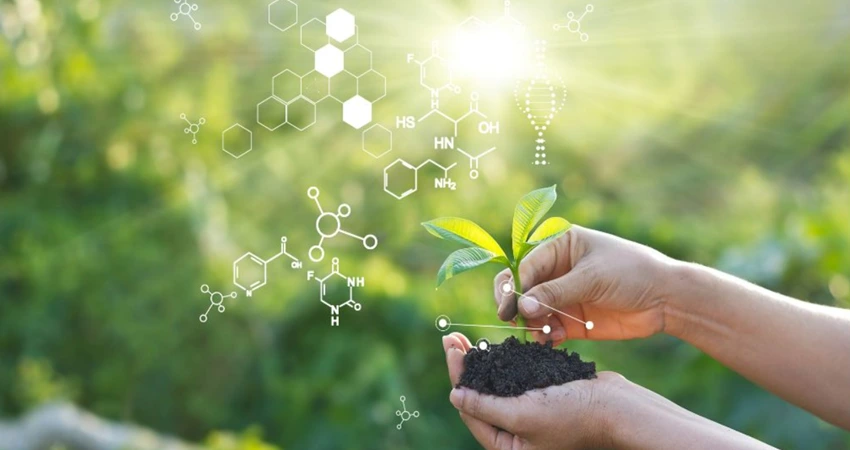Introduction
Any substance which has solidified from the liquid state without crystallisation is known as glass.
Glass may also be defined as a hard, brittle, transparent material chiefly composed of silica, combined with varying proportions of orders of sodium, potassium, calcium, magnesia, iron and other minerals.
Glass refers to material which is made by the fusion of mixture of silica, basic oxide and a few other compounds that react either with silica or basic oxides.
Glass is called a ‘super-cooled liquid’ as its ingredients cannot be identified.
Composition of glass
The glass is not a single compound. It is therefore very difficult to give any particular chemical formula for it. It is generally expressed as follows:
| aX2O,bYO,6SiO2 |
where a and b are numbers of molecules.
X= an atom of an alkali metal such as Na, K etc.
Y= an atom of a bivalent metal such as Ca ,Pb etc.
Thus, the ordinary glass may be represented as
| Na2O, CaO , 6SiO2 |
Properties of Glass
Following are the properties of glass which have made the glass popular and useful.
- It absorbs, refracts or transmits light.
- It has no definite crystalline structure.
- It has no sharp melting point.
- It is affected by alkalies.
- It can take up a high polish and may be used as a substitute for very costly gems.
- It is an excellent electrical insulator.
- It is available in beautiful colours.
- It is extremely brittle.
- It is not usually affected by air or water.
- It is not easily attacked by ordinary chemical reagents.
- It is possible to weld pieces of glass by fusion.
- When it is heated, its softness increases and soft with the rise in temperature.
- It is transparent and translucent.
| Read More Topics |
| Constituents of glass and their functions |
| How are the cement classified? |
| Describe the manufacture of Portland cement |






